


Fletch
gamer level 5
5676 xp
5676 xp
followers
10
10
Use my invite URL to register (this will give me kudos)
https://boardgaming.com/register/?invited_by=fletch
profile badges




recent achievements

I'm Completely Obsessed
Play a specific game 50 times
Play a specific game 50 times

Strategist
Submit 5 game strategies (a type of game tip) and get 20 positive ratings.
Submit 5 game strategies (a type of game tip) and get 20 positive ratings.

Rated 100 Games
Rate 100 games you have played.
Rate 100 games you have played.

Critic - Level 3
Earn Critic XP to level up by completing Critic Quests!
Earn Critic XP to level up by completing Critic Quests!
Player Stats
Critic (lvl 3)
805 xp
805 xp
Explorer (lvl 3)
820 xp
820 xp
Professor (lvl 2)
456 xp
456 xp
Reporter (lvl 1)
229 xp
229 xp
About Me
I’m a professional graphic designer and game inventor/developer. I worked on the design team for the Shadowmoor expansion of Magic: The Gathering, and was on the team that invented and developed the stacking game Wonky for USAopoly. In addition to those, I have dozens of other board game design/art/dev credits to my name.
I’ll try nearly any board game once; I believe that in order to create a better game, it takes a well-rounded game vocabulary to build your base on.
















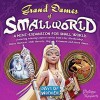
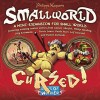



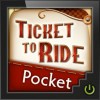


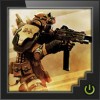
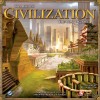








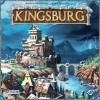













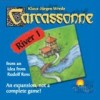



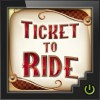













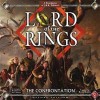

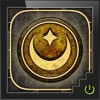


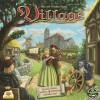












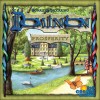











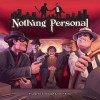


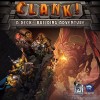



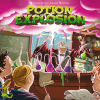


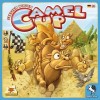




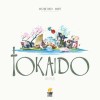



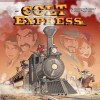
























Harry Potter: Hogwarts Battle
I’m biased (I helped build the initial engine prototype Harry Potter: Hogwarts Battle is built on), but I’m confident in saying that this game is the absolute best game out there for teaching non-gamers how to play a deck-building game.
Without going into spoilers, the HP:HB is built to play out in seven games (think chapters) that incrementally add new, more complex mechanics. Game 1 is incredibly basic and works as an entry-level tutorial on how turns work. Each of the following games adds a few new mechanics and ramps up the challenge.
Since the game is fully co-operative, there’s little reason for novice or non-gamers to feel intimidated; any over-the-shoulder advice offered by more experienced players is always intended to help all players. This takes away any hesitation new players might feel about whether they’re being taken advantage of.
The Harry Potter theme is perfect for bringing players into the game. Each of the villains, heroes, and purchasable cards is designed to mechanically behave the way anyone familiar with the Harry Potter world would expect. This makes the first experience with the game feel immersive, and allows the mechanical procedures to blend into the background, quickly putting new players at ease.
Experienced deck-building game players will likely want to cut straight to Game 3 or 4, since 1 and 2 are specifically meant to teach players what a deck-builder is in the first place. As far as games for mixed crowds go (family gatherings on holidays, game nights with strangers, etc.), Harry Potter: Hogwarts Battle is a fantastic way to initiate new gamers into the fold.